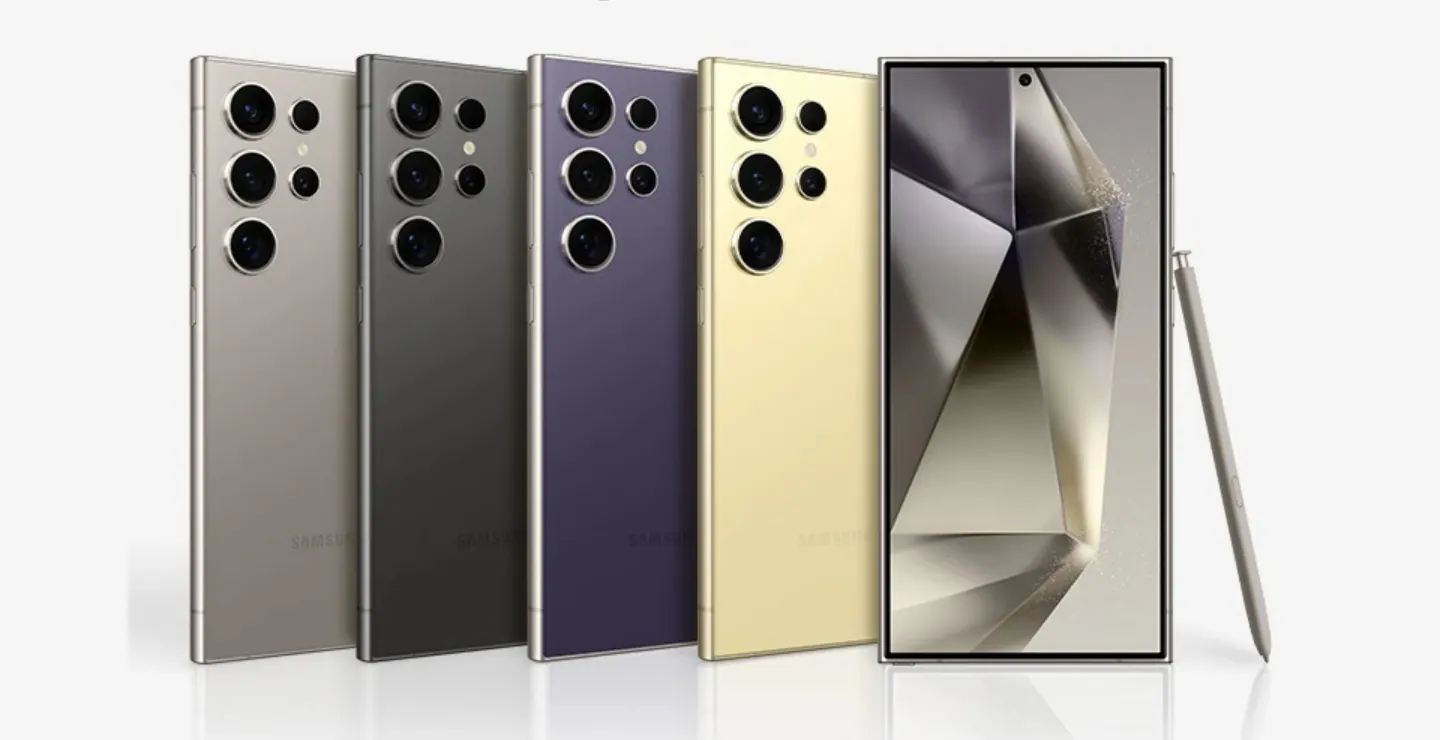Consumer Electronics stands as one of the biggest industries that showcase technological advancements most clearly. The Indian consumer electronics industry is projected to show considerable growth over the forecast period 2022-2025, courtesy of a surging demand for products such as televisions, smartphones, and wearable devices.
Consumers in India and around the world are very tech-savvy and rely almost exclusively on technology to carry out their day-to-day operations. The global consumer electronics industry is expected to grow significantly during the 2022-2025 forecast period due to growing demand for products such as TVs, smartphones and wearable devices. The increase in disposable income, coupled with the increasing adoption of smart devices, technological advances, and the increasing spread of the Internet of Things (IoT), is also driving the growth of the consumer electronics market.
The consumer electronics industry is constantly evolving with the integration of technology and the addition of new product lines to meet the changing lifestyles of consumers. The continued evolution of the segment and the adoption of these technologies in consumer lifestyles have made this market extremely lucrative and competitive. There are many established consumer electronics brands on the market in recent years, but there is one both domestically and internationally. The number of startups that appear in this space is fiercely competing with competitors. In addition, the rise of multi-room streaming, the emergence of cloud services, increased use of e-commerce platforms, and product bundles are factors that will have a positive impact on market growth in the long run.
Increasing stats and trends in the category have led to a number of newer brands in the segment operating on the D2C business model, in addition to leveraging the growth in the D2C segment, also connecting and reaching directly and with ease to their consumer base. Furthermore, the push from the Indian government and its ‘Make in India’ initiative aimed at transforming the country into a global technology and manufacturing hub has led to a surge in software and digital innovation, with over 55,000 new start-ups created.
This is even truer now that the consumer electronics market is still resilient during the pandemic, despite the temporary closure of physical stores around the world. As people spend most of their time at home, there is a growing demand for improved convenience and security from smart devices and appliances.
With people getting conscious about their health and fitness, the demand for personal devices has increased. Wearable watches are gaining popularity for the fact that they offer an array of fitness and health-related features, across various styles and budgets that people can choose from. Adding to that, people working out of home and focusing even more on their wellness have made wearable & hearable the need of the hour.
Today, most people have devices in their homes that would have only been available to the biggest research laboratories and the ultra-wealthy in the most recent past. As technological capability continues to grow, manufacturers are in a race to roll out devices that can change the quality of life.
The last few years have been a particularly active period in the industry. First, the pace of technological progress is increasing exponentially with the number of companies involved in the manufacture of devices. In addition, various events have shaped the direction of innovation, shifting the focus of manufacturers of all sizes to specific areas. These trends are great opportunities for everyone in the industry, from large manufacturers to small start-ups and their investors. Those who are ahead of the times can enjoy the benefits of meeting the ever-increasing and seemingly endless demands of their customers.
The pandemic factor has contributed to the following in terms of consumer electronics market –
Wider use of consumer gadgets: People are pushed out of their normal routines and are quickly adopting new attitudes, habits, and behaviors. Most daily activities are happening online today, like distant work, Zoom fitness classes, and an all-virtual social life. With presence-free living, we see surging demand for products such as televisions, wearables’, and other telecommunication devices.
Voice command: From smart home hubs to voice assistants, consumers are getting more used to voice-controlled devices. It is happening a lot more while seeking a work -life balance as people only have their homes for both work and life. Everyone is trying to make their homes a smart one so that they have to spend less time on house chores to perform better in their work scenario. Manufacturers know that and are implementing the functionality into all types of gadgets.
Brand’s offering shapes the choices and lifestyle of the consumer and every innovation will redefine the Indian consumer technology ecosystem. Fueled by strong policy support, huge investments by public and private stakeholders, and a spike in demand for electronic products, the ESDM sector in India is predicted to reach US$ 220 billion by 2025, expanding at 16.1% CAGR between 2019 and 2025.
By Mr. Lalit Arora, Co-founder of VingaJoy.
















